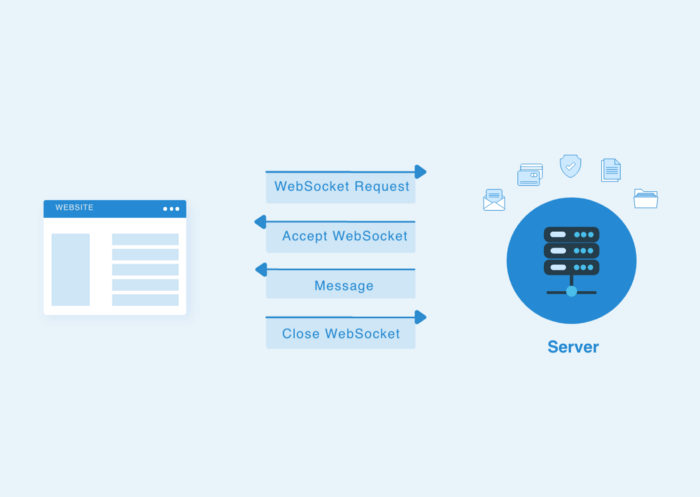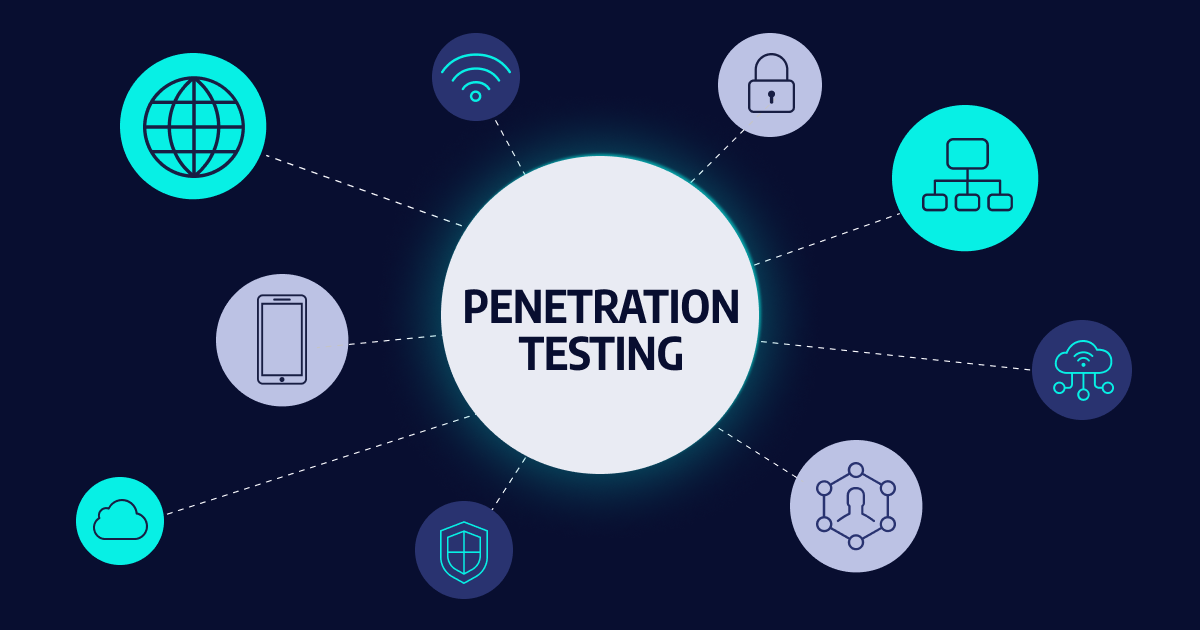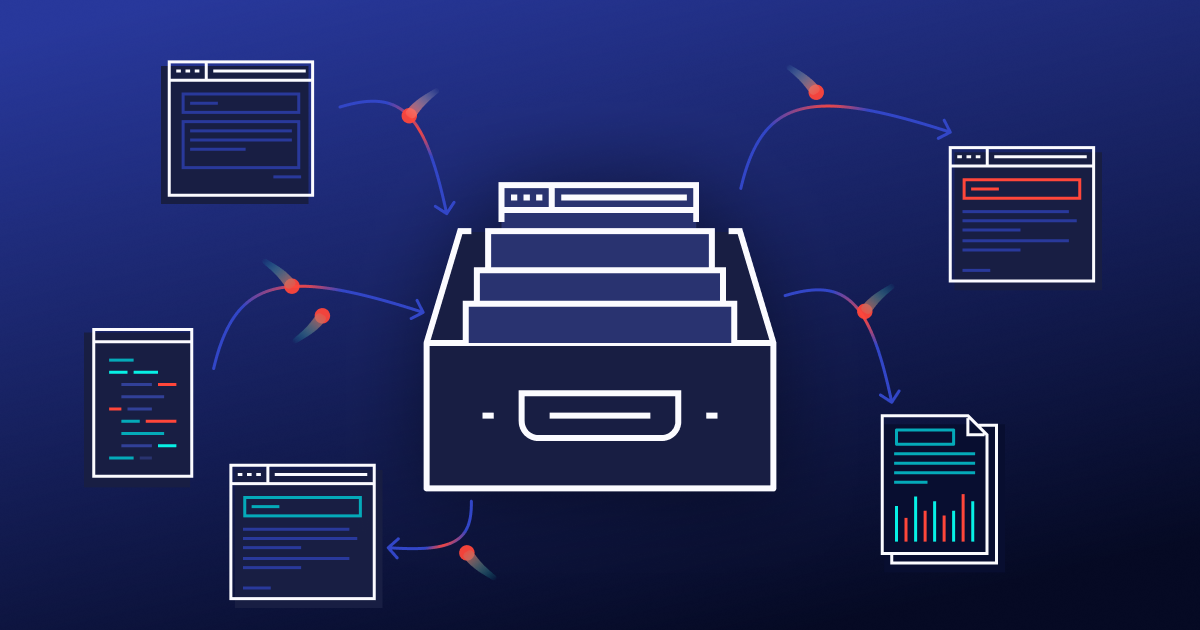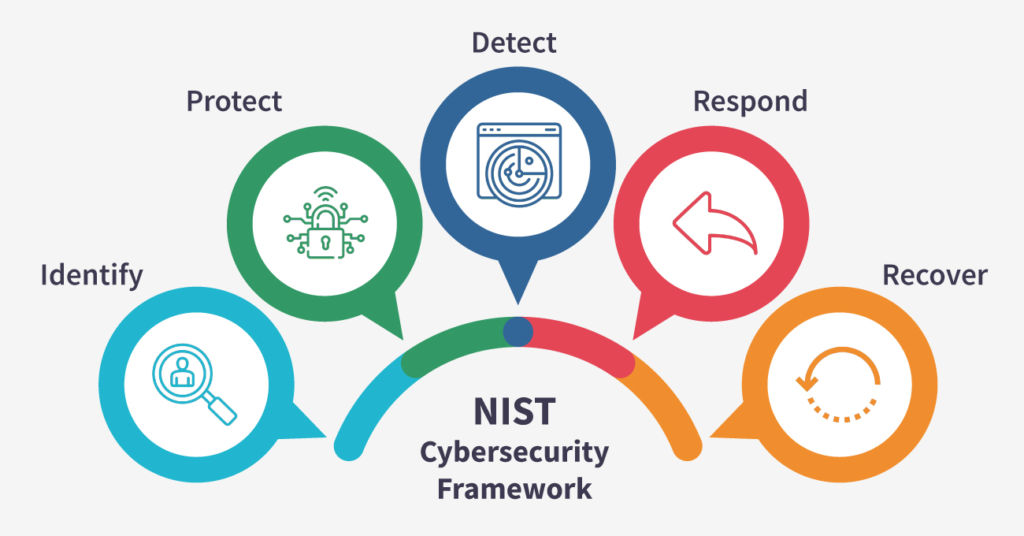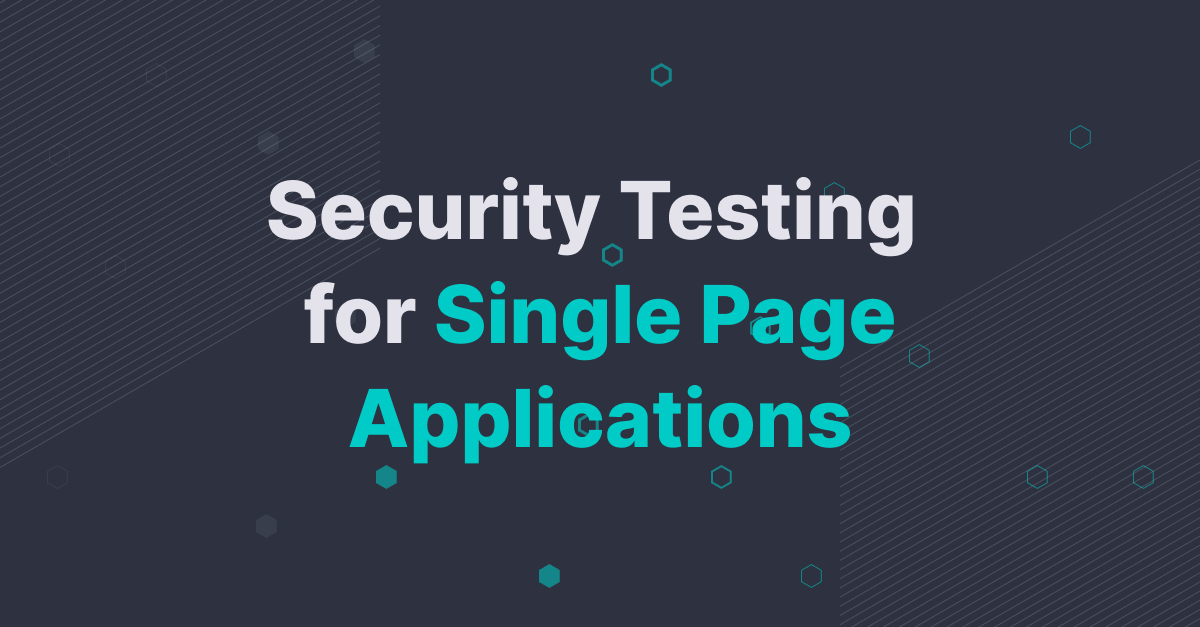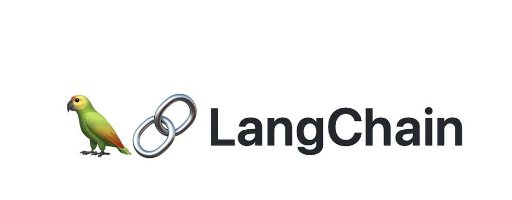
In recent years, the blockchain has gained significant traction in various industries, including finance, healthcare, and supply chain management, among others. As the demand for blockchain applications continues to rise, the need for efficient and reliable development frameworks has become increasingly critical.
Enter Langchain, the latest Python framework that promises to revolutionize blockchain application development.
In this article, we'll dive into the details of Langchain, exploring what it is, how it works, and why it's the hottest new Python framework for building blockchain applications.
What is Langchain?
Langchain is an open-source Python framework designed to facilitate the development of blockchain applications. The framework is built on top of the Python programming language, which is known for its simplicity, versatility, and ease of use.
At its core, Langchain is a collection of tools, libraries, and modules that developers can use to build blockchain applications quickly and efficiently. The framework takes care of many of the low-level details of blockchain development, such as transaction management, consensus mechanisms, and smart contract execution, allowing developers to focus on building high-level functionality.
How does Langchain work?
Langchain is built on top of the Python programming language, which means that developers can leverage the vast Python ecosystem to build blockchain applications. The framework is highly modular, with each component designed to work seamlessly with the others.
One of the key features of Langchain is its smart contract engine. Smart contracts are self-executing contracts that can automate the enforcement of the terms of a contract.
Langchain's smart contract engine is based on the Ethereum Virtual Machine (EVM), which means that developers can write smart contracts in Solidity, Ethereum's native programming language, and deploy them on the Langchain network.
Langchain also includes a consensus mechanism that allows multiple nodes to agree on the state of the blockchain. The framework uses a proof-of-stake (PoS) consensus mechanism, which means that nodes are selected to validate transactions based on the amount of cryptocurrency they hold.
Why is Langchain the hottest new Python framework?
Langchain is rapidly gaining popularity among developers, and for good reason. Here are just a few of the reasons why Langchain is the hottest new Python framework for building blockchain applications.
1. Easy to use
Langchain is built on top of Python, a programming language that is known for its simplicity and ease of use. Developers who are familiar with Python will find it easy to get started with Langchain and build blockchain applications quickly.
2. Fast development
Langchain's modular design allows developers to build blockchain applications quickly and efficiently. The framework takes care of many of the low-level details of blockchain development, allowing developers to focus on building high-level functionality.
3. Highly scalable
Langchain's consensus mechanism is based on proof-of-stake, which allows the network to scale more efficiently than traditional proof-of-work mechanisms. This means that Langchain can support a larger number of transactions per second and can handle more users on the network.
4. Interoperability
Langchain is designed to be highly interoperable, which means that developers can use the framework to build applications that work with other blockchain networks. This makes Langchain an ideal choice for developers who want to build blockchain applications that can work seamlessly with other networks.
5. Security
Langchain's smart contract engine is based on the Ethereum Virtual Machine, which is known for its security and reliability. Additionally, the framework includes a number of security features that help to protect against common security threats, such as DDoS attacks and malicious code injection.
6. Active community
Langchain has a growing community of developers who are actively contributing to the framework's development. This means that developers can rely on a wealth of resources, including documentation, tutorials, and community support.
7. Open-source
Langchain is an open-source framework, which means that developers can use it for free and contribute to its development. This makes Langchain an accessible and inclusive framework that can benefit the broader blockchain community.
Examples of Langchain applications
Langchain is a versatile framework that can be used to build a wide range of blockchain applications. Here are a few examples of the types of applications that can be built using Langchain:
Decentralized finance (DeFi) applications
Langchain can be used to build DeFi applications, such as decentralized exchanges (DEXs), lending and borrowing platforms, and stablecoins. The framework's smart contract engine and consensus mechanism make it well-suited for building these types of applications.
Supply chain management applications
Langchain can be used to build supply chain management applications that track the movement of goods and verify the authenticity of products. The framework's interoperability features also make it possible to build applications that work with other blockchain networks, such as the Ethereum network.
Identity verification applications
Langchain can be used to build identity verification applications that use blockchain technology to verify the identity of individuals. These applications can be used in a wide range of industries, including finance, healthcare, and government.
Conclusion
Langchain is a cutting-edge Python framework that offers developers a seamless way to build blockchain applications. The framework's modular design, smart contract engine, and consensus mechanism make it well-suited for building a wide range of applications, from DeFi platforms to supply chain management systems.
As the demand for blockchain applications continues to rise, Langchain is quickly becoming the hottest new Python framework for building blockchain applications. Its ease of use, scalability, interoperability, and security features, combined with its active community and open-source nature, make it an ideal choice for developers who want to build high-quality blockchain applications quickly and efficiently.
